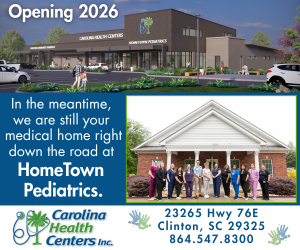Continental Improves Regional Steer Tire With Advanced Technologies For Longer Life
June 30, 2009FORT MILL, SC – June 29, 2009 – Continental Tire North America, Inc. (Continental) will release for sales on July 1 the next generation of its best-selling regional steer truck tire, with enhancements that improve tire life.
The HSR2(R) (Heavy Steer Regional) replaces the HSR(R) model and is produced in Continental’s award-winning Mt. Vernon, Ill. plant. This tire’s four rib design offers higher lateral stability for greater resistance to side forces often found in regional applications.
The HSR2’s proven four-rib design takes stability to a new level and offers a 15 percent increase in removal miles over the original HSR(R), said Clif Armstrong, director of commercial vehicle tire marketing for Continental – The Americas. Yet, our regional haul customers can expect this new tire to continue our leadership in durable, even-wearing tires.
Exclusive Continental compound technologies featured in the HSR2(R) allow for higher tread endurance and optimal product performance, but other important new features are also introduced. The HSR2’s patent-pending revolutionary groove geometry allows the use of more complex groove designs by undercutting (tunneling under) the groove features.
This new technology allows for more aggressive groove designs which are less likely to tear or crack at the groove bottom. The groove base remains straight and avoids the stress risers that often result from a zigzag-type design, explained Roger Stansbie, director of Continental’s radial truck tire technologies – NAFTA.
The HSR2(R) will also mark the NAFTA introduction of VAI+, the next step in the evolution of the exclusive Continental Visual Alignment Indicator system. The addition of a plus (+) mark represents the useful remaining tread depth as the tire wears, allowing the consumer constant visual representation on the tread surface. At 8/32 inches of tread depth, these indicators change from (+) to (-), alerting the consumer that it is time to consider tire removal or movement to the trailer axle. The (-) indicator remains visible until 4/32 inches, and when it completely disappears, this signifies the approach to the lowest depth limit allowed by law.
This patent-pending feature is not only an early warning system for alignment problems. Now, with the additional features of VAI+, these tread wear indicators will be beneficial throughout the truck tire’s entire first life cycle, said Stansbie.
The HSR2(R) also features other highly desirable technologies that enhance tire life, such as Continental’s newest stone ejection system, an enhanced sidewall design, a curb/scuff rib to fight damage from curbing and abrasions, and a market-leading 23/32 inches of tread depth.
When you consider all of the benefits and improvements of the HSR2(R), we expect this tire to offer our truck tire customers better endurance and some of the most useful features they can find in a regional truck tire. We’re confident that the HSR2(R) will become one of the most important tools in the arsenal of regional fleets as they look for ways to lower their overall driving costs, Armstrong said.
The new HSR2(R) can be ordered now through Continental truck tire dealers and is available in the 11R22.5 size for load ranges G and H; 275/80R22.5 size for load ranges G and H; 11R24.5 size for load ranges G and H; and 285/75R24.5 size for load range G. For more information, visit Continental’s truck tire Web site at http://www.continental-truck.com/.
About Continental
With sales exceeding EUR 24 billion in 2008, the Continental Corporation is one of the top automotive suppliers worldwide. As a supplier of brake systems, systems and components for the powertrain and chassis, instrumentation, infotainment solutions, vehicle electronics, tires and technical elastomers, the corporation contributes towards enhanced driving safety and protection of the global climate. Continental is also a competent partner in networked automobile communication. The corporation currently employs approximately 133,000 at nearly 190 locations in 35 countries.

















